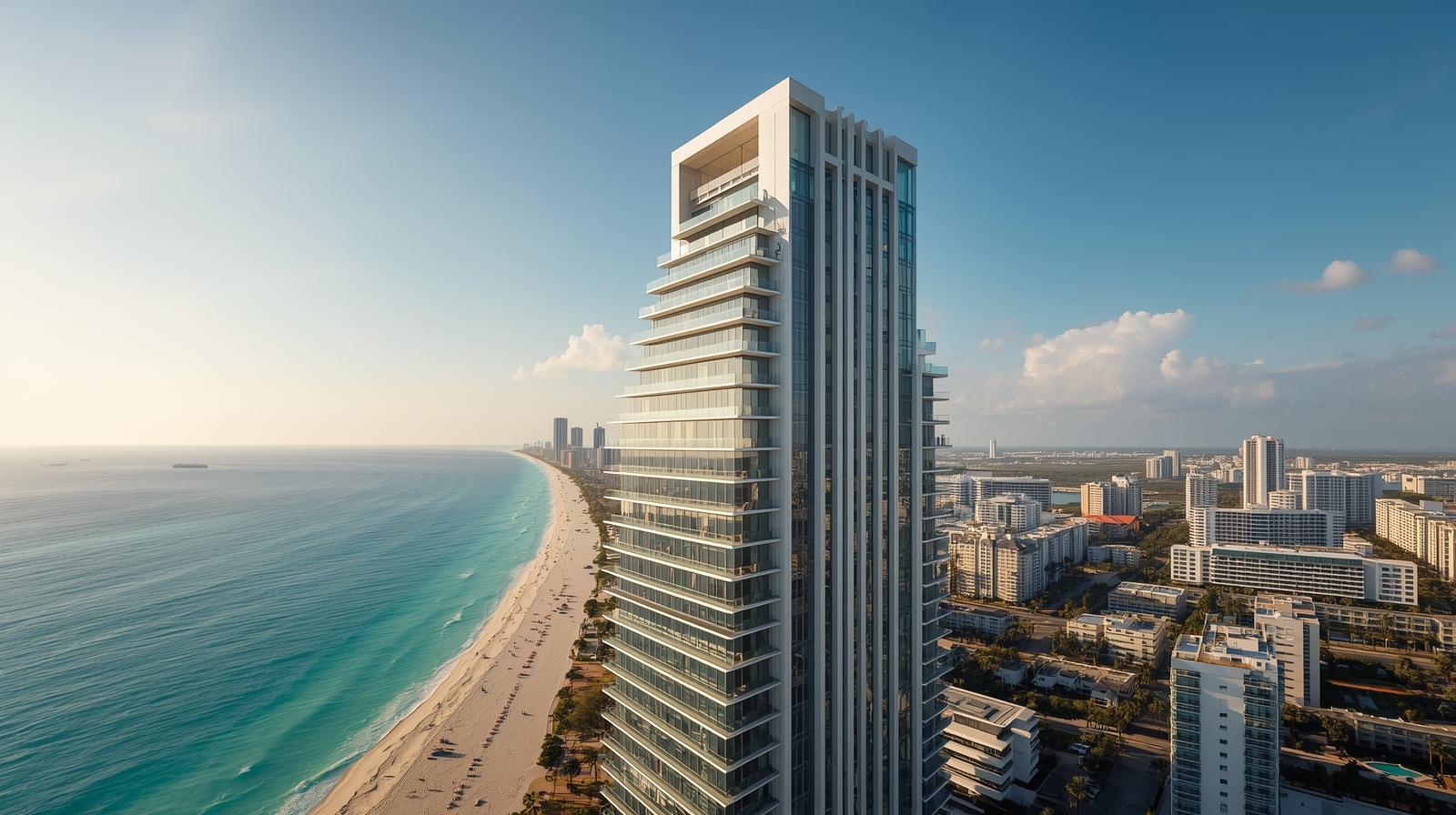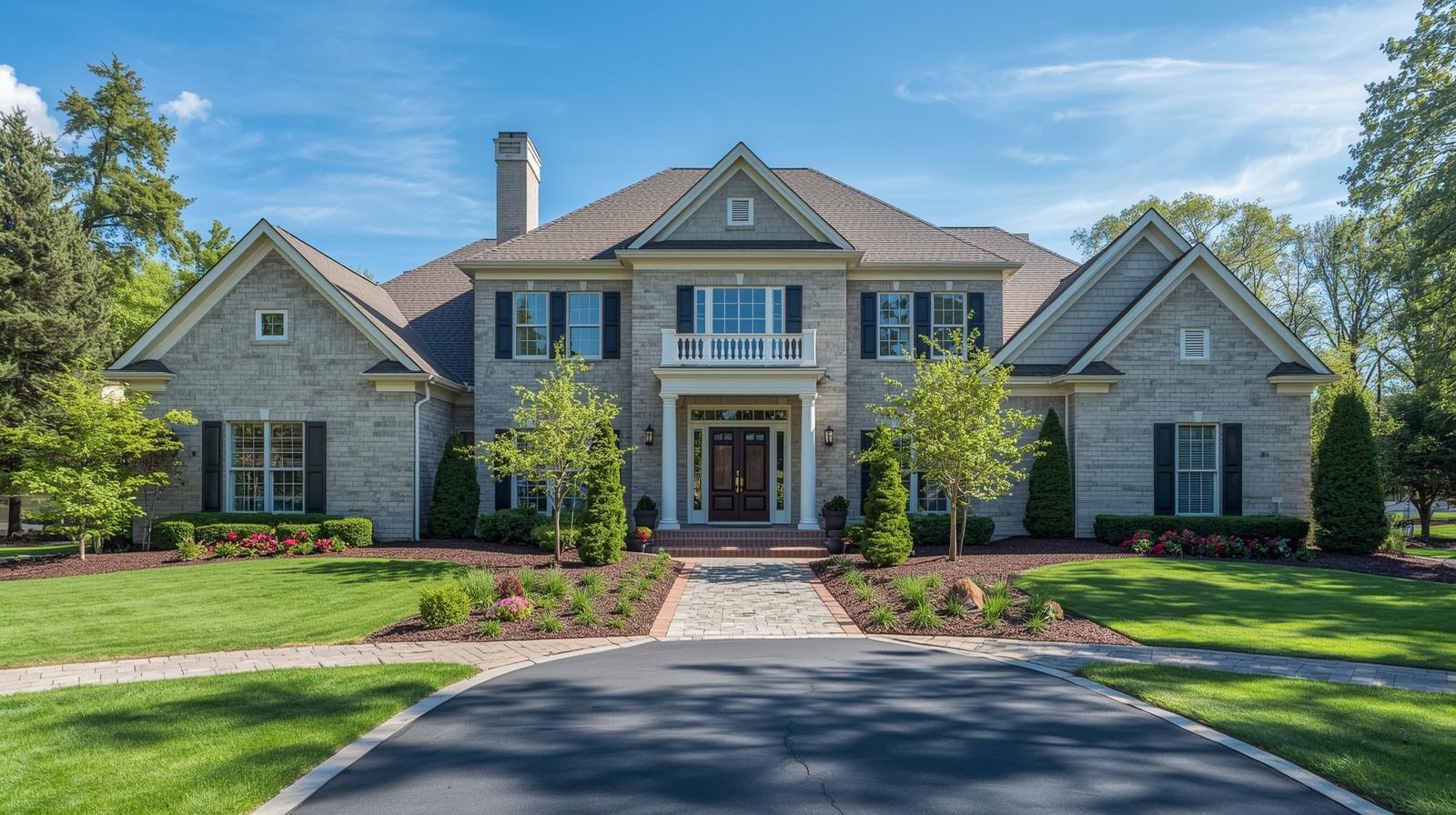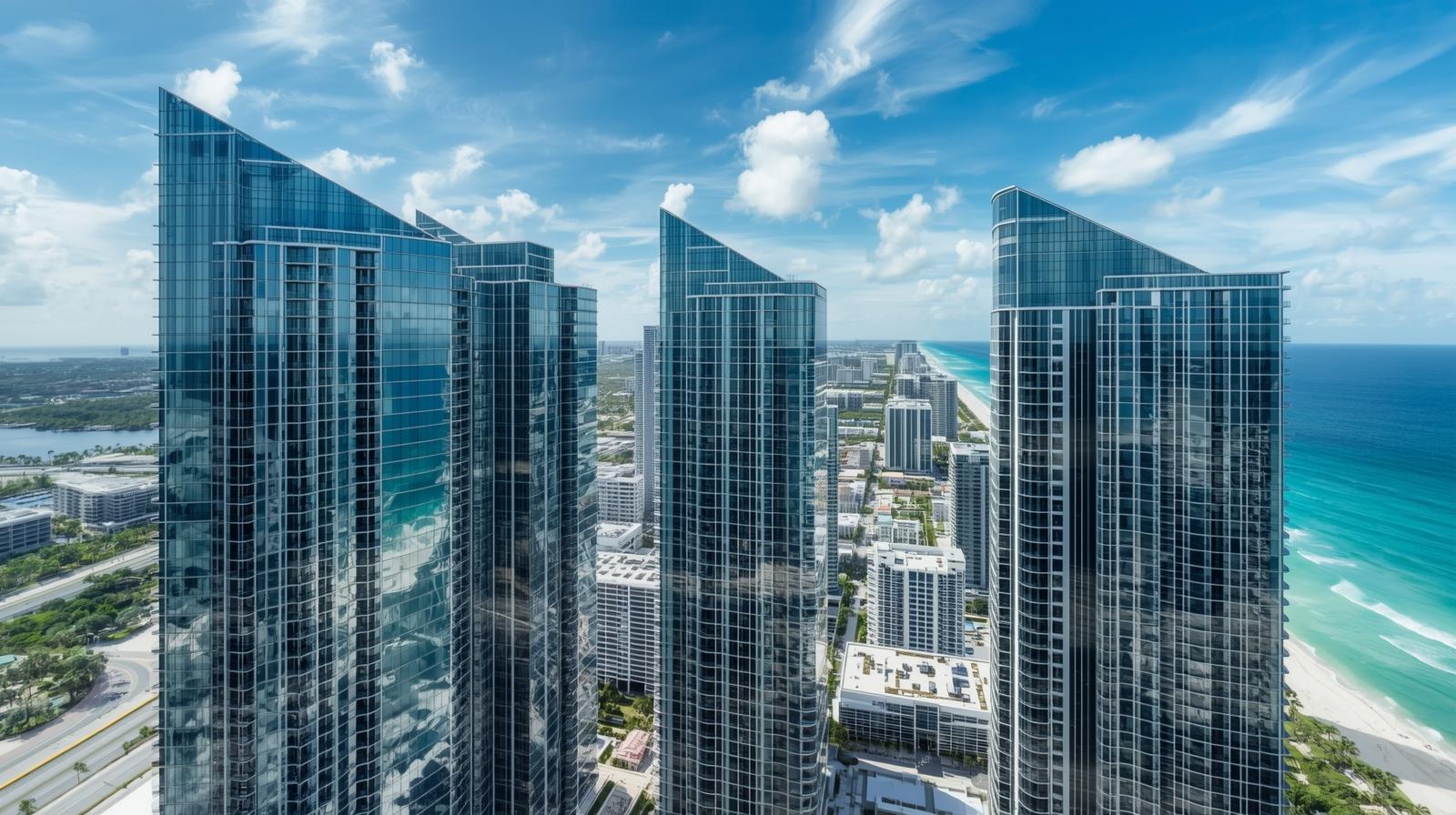Investment Property Line of Credit: The Ultimate Guide
An investment property line of credit (LOC) is a short-term financing option for properties on which the owner does not live or work. It’s similar to a home equity line of credit (HELOC), only the lien is placed on investment property, not someone’s primary residence. Investors who get a LOC draw cash from the available equity as needed. It acts like a revolving line of credit on a credit card, and finance charges only accrue on the money that is used.
Types of Investment Property Lines of Credit
There are two types of investment property LOCs. The first type is a single investment property line of credit intended for investors who want one line of credit on one investment property. The second type is an investment property line of credit on a portfolio of properties. This is for larger investment projects requiring $1 million or more.
If you’re an investor looking for a line of credit on investment property of $1 million or more, contact CoreVest. It offers fix-and-flip credit lines for investment properties with rates starting at 6.5% and terms of 12 or 24 months. You only have to pay back what you use.
A line of credit on investment property is great for accessing cash for repairs, completing renovations, or buying additional investment properties to build a real estate portfolio. You’ll need 40% equity and will need to specify how you will use the money. Borrower criteria are stringent. If you don’t qualify, we offer some alternatives like HELOCs, hard money loans, bridge loans, and rehab loans.
Single Investment Property Line of Credit
The investment property LOC is right for investors with one investment property who are looking for a single line of credit to use at their leisure. Investors can draw funds for anything related to their investment property, but borrowers frequently use the financing to pay for rehabs and renovations.
Single Investment Property Line of Credit Rates & Terms
Single investment property lines of credit are good for borrowers who want to draw from the equity in a single property for rehabilitation or renovations. Interest accrues on any outstanding borrowed amount during the initial 10-year draw period, but investors have up to an additional 20-years to pay it back. The terms can vary and are set by the lender. There’s usually a three-year minimum on most LOCs, meaning if the credit line is paid off before three years, you’ll face a prepayment penalty.
Single LOC Rates & Terms
| Interest Rate | Prime plus 1% to 3% of amount borrowed |
| Maximum Allowable LOC | 60% loan-to-value (LTV) |
| Minimum Amount Borrowed | $25,000 |
| Available Loan Terms | 30 years—10-year draw period and 20-year repayment period. |
| Closing Costs | 1% to 5% closing costs on amount borrowed |
| Fees | Annual service fee $75; prepayment penalty $300 |
| Where to Find | Visit Muevo Investments |
Single Investment Property Line of Credit Qualifications
An investment property line of credit has both borrower and investment property qualifications that must be met to get the line of credit. Borrowers must meet minimum equity and credit score requirements. The lender also will evaluate the borrower’s DTI Debts, including the LOC, cannot exceed 45% of the borrower’s income.
Single LOC Qualifications
| Minimum Credit Score | 660 |
| Maximum Debt-to-Income (DTI) Ratio | 45% |
| Remaining Equity Needed After LOC | 10% to 20% |
Where to Find a Single Line of Credit on Investment Property
Many banks, credit unions, and online lenders offer lines of credit for a single investment property. Some private money lenders offer a cash-out refinance loan instead of a line of credit. For example, Muevo Investments offers a 30-year rental cash-out refinance loan for up to $2.5 million and 80% loan-to-value (LTV) ratio. Rates start at 3.5%, and you can get funding in as few as 21 days. Fill out a short form to apply, and a representative will get in touch with your options.
Investment Property Portfolio Line of Credit
Investors with more than $1 million in equity on a large single-asset project, such as a high-rise or apartment complex with more than 20 units, or investors who own a portfolio of properties might want to consider an investment property portfolio line of credit. Portfolio investors often use this type of LOC as an alternative to raising capital or purchasing new properties as well as rehab new and existing investment properties.
Investment Property Portfolio Line of Credit Rates & Terms
Investment property portfolio lines of credit have higher interest rates than single-family investment property LOCs. The terms are usually 18 to 24 months, and interest rates range from 5% to 8% of the loan amount. Closing costs vary, and there generally are no fees or prepayment penalties associated with portfolio lines of credit.
Portfolio LOC Rates & Terms
| Interest rate | 5% to 8% of amount borrowed |
| Maximum Allowable LOC | 75% loan-to-value (LTV); $50 million |
| Minimum Amount Borrowed | $1 million |
| Available Loan Terms | 18 to 24 months |
| Closing Costs | Varies by lender |
| Fees | None |
| Where to Find | Visit Muevo Investments |
Investment Property Portfolio Line of Credit Qualifications
A portfolio line of credit on investment property has certain qualifications that a borrower and their property must meet to get approved. These qualifications include a high FICO score but are based more on the investor’s overall financial picture, including his assets, salary, and investments.
Portfolio LOC Qualifications
| Minimum Credit Score | 700 |
| Investor Criteria | Strong financials and completion of two or three past projects |
| Remaining Equity Needed After LOC | 20% or assets that can be used as collateral |
Where to Find an Investment Property Portfolio Line of Credit
Since this is such a specialty loan product, only certain financial institutions offer them. They aren’t always available at local banks and credit unions. However, check with commercial lending departments to see if an investment property line of credit for large properties or portfolios exists. It offers lines of credit starting at $1 million, with interest rates starting at 7%. You can apply online and get an investor’s personal representative to work with you.
How to Apply for an Investment Property Line of Credit
You can apply for a line of credit on investment property on the financial institution’s website or over the phone with a representative. You can apply in person if they have a brick-and-mortar location. You will need to have proof of property ownership, such as the settlement sheet or the deed in hand, along with other requirements.
4 Steps to Apply for an Investment Property Line of Credit
1. Choose the Right LOC
Choose the right LOC based on your investment property and your financial goals. If you own one investment property and have $100,000 worth of equity in the property, a single-home investment property line of credit is best. If you own a portfolio of properties and need $1 million to purchase another property, then a portfolio LOC is right for you.
2. Gather Required Documents
Besides providing proof of property ownership, you will need the lien holder’s information if there’s already a mortgage on the property. Have all your property-related documents ready to speed up the application process. The lender also will check your credit score and employment information, so have a copy of your pay stubs and bank statements handy as well as your last two years of tax returns.
3. Apply Online
Applying online is the fastest and easiest way to apply for a LOC. It gives you the flexibility to apply from the comfort of your home or office when it’s convenient for you. You won’t have to worry about what time the lender is open. After you finish your online application, a representative will contact you to go over your application with you.
4. Get Approved
The LOC representative will call you using the contact information you provided in your application. They will ask for any outstanding documents and will then be able to let you know if you’re approved. This will be followed up with a formal letter of approval. The process can usually be done within 30 days.
How an Investment Property Line of Credit Works
A line of credit on investment property gives you access to funds that are secured by the equity in your investment property. You use the funds when you need them and only pay interest on the money you use. These LOCs are flexible, and you repay them monthly or in a lump sum before the due date.
An investment property line of credit allows you to pay off the amount you draw and use the funds again. For example, if you have a $100,000 line of credit on investment property and only spend $25,000, you only pay interest on the $25,000 until you repay it. Once you pay back the $25,000, it’s available to spend again, similar to a business credit card.
Investors use an investment property line of credit for:
- Rehabbing an existing property in their portfolio
- Purchasing a turnkey property
- Paying off expensive debt, like a private money loan
- Purchasing and renovating a new property
Investment Property Line of Credit Allowable Uses
When you apply for a line of credit on investment property, you need to specify on your application how you will use the funds. Your investment property will be the collateral for the LOC. Once you receive the funds, you can do with them what you like, but it’s recommended to use them for the purpose stated on the application, such as to consolidate debt, rehab, renovate, or to purchase another property.
Most lenders allow the funds to be used to purchase additional properties while some discourage it. The majority of lenders don’t allow the funds to be used to invest in a business due to the high level of risk. If you need the money to fund a business, use a business loan instead.
The lender can terminate the LOC and require that it be immediately paid back if you use it for something it doesn’t permit. The loan documents will tell you if the LOC can’t be used for a certain type of investment.
Who an Investment Property Line of Credit Is Right For
An investment property LOC is right for real estate investors who have substantial equity in their property and a high credit score but might be short on cash. It’s also right for an investor who wants to either fix up their current property to increase the rental income or buy an additional investment property.
A fix-and-flip investor can take advantage of the short-term loan, rehab the property, and then flip it to pay off the line of credit. A line of credit for investment property is also beneficial for landlords. They can use the funds to renovate their investment property, increase its value, and collect higher rents.
An investor looking to purchase properties and build their real estate portfolio will typically use a portfolio loan but may also consider an investment property line of credit. Lenders generally allow one line of credit per investment property as long as the borrower and the property meet their qualifications. These lines of credit can be used in conjunction with cash or other financing to purchase additional properties.
Investment Property Line of Credit Pros & Cons
Pros of an investment property line of credit include:
- Long repayment term
- Tax Benefits on the interest paid
- Relatively low interest rate
- Interest is only paid on what you draw
- A first mortgage is accepted
- Fast access to cash
Cons of an investment property line of credit include:
- High credit score needed to qualify
- A 60% LTV ratio
- High equity needed in the property
- Can’t use the money to fund a business
- Limitations on how many units the property has; some lenders will allow up to four units and others will finance up to 20 units
Investment Property Line of Credit Alternatives
If you need a higher LTV ratio or if you don’t qualify due to personal credit issues, here are some alternative financing methods available for real estate investors.
Home Equity Line of Credit
A HELOC is a revolving line of credit on a borrower’s primary residence. The home equity line of credit can generally be used for anything you like. Popular HELOC uses are renovating a home or investment property, paying for college tuition, or consolidating credit card debt. You can withdraw the money as you need it, and only pay interest on the funds that you use.
HELOCs have low interest rates of about 0.25% above prime for first position HELOCs and slightly higher rates for second position HELOCs. A minimum 620 credit score is usually required for a HELOC, but each bank has its own requirements.
Hard Money Loans
A hard money loan is short-term financing for investors looking to purchase and renovate a property, then flip it for profit. Hard money lenders offer short terms, interest-only payments, and higher interest rates. Because the payments are interest-only, investors can keep the carrying costs relatively low.
A hard money loan is ideal for investors who want a short-term loan that can close quickly. Unlike LOCs, hard money loans aren’t intended for buy-and-hold property purchases. Instead, they’re ideal for fix-and-flip properties with an exit strategy in mind. Hard money loans have higher interest rates than LOCs. Investors typically use hard money loans when they have a house-flipping business.
Bridge Loans
A bridge loan is a short-term loan used as interim financing, providing a bridge between an existing short-term loan and permanent long-term financing. Unlike LOCs, bridge loans can be used by both owner-occupants and investors. Bridge loans have higher interest rates and fees than LOCs. Bridge loans are typically used when permanent financing isn’t an option, due to the property being in poor condition, high vacancy rates, or when trying to secure a property in a short time period.
Rehab Loans
Both fix-and-flippers and buy-and-hold investors use rehab loans. Rehab loans offer interest-only payments, which help keep carrying costs low. Rehab loans can be permanent financing or short-term loans used to fix up one or more properties at the same time with a blanket mortgage.
Investment Property Line of Credit Frequently Asked Questions (FAQs)
In this article, we have done our best to detail your options for using a line of credit on investment property. However, as with any type of financing, some questions are asked more frequently than others, and we have tried to address those here.
Are investment property LOCs better than cash-out refinancing?
If you don’t need the funds right away, a LOC may be the better option. You can draw from it as needed, but the rates and fees are typically higher on a LOC. If you need the money right away, a cash-out refinance may be the better choice. Calculate the overall cost of each.
Are HELOCs a good choice for investment property?
A lender may restrict a HELOC on investment property. It also can carry risk if the rental property doesn’t perform as anticipated, so you’ll need a backup plan on how to cover the HELOC debt if the investment property is not able to. Ideally, the investment property should pay for the HELOC.
Is mortgage interest from my LOC deductible?
If you use the investment property LOC to produce income, you can deduct the interest when you file your taxes. However, you are not allowed to deduct interest on any part of the LOC that you used to cover personal expenses. For rental property, use IRS Schedule E, line 12 to claim the interest expense.
Bottom Line
An investment property line of credit can be a smart financing resource for investors looking for access to funds to fix up an investment property or buy additional investment properties. Although there are some stringent qualifications, it’s great since you only pay interest on the money that you draw and have access to the funds for up to 10 years.










How to Buy an Apartment Complex in 7 Steps - Muevo Investments
[…] have no tenants, you lose 100% of your income. Apartment buildings mitigate the effects of a high vacancy rate. If one unit goes vacant, you still have the others to generate income to cover expenses and […]